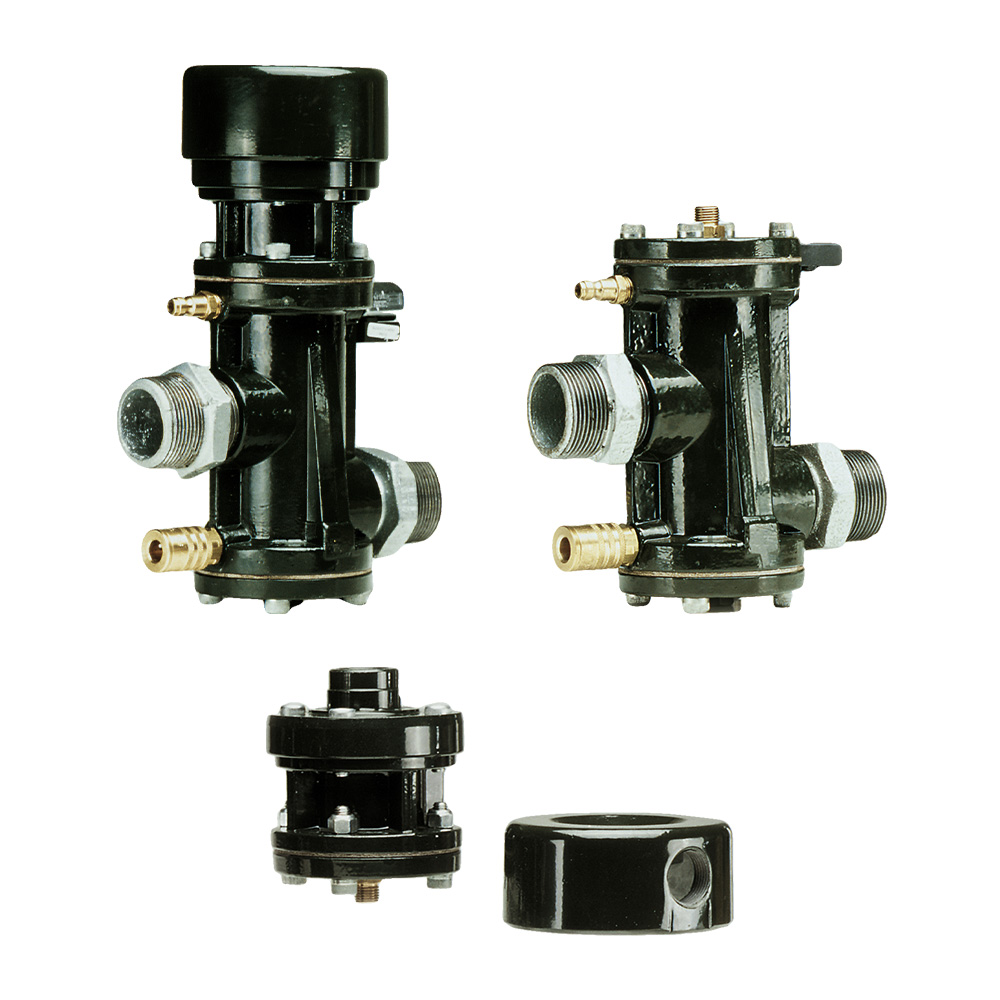
Maximize Power Financial Savings and Comfort With Advanced Building Automation Controls
In the world of modern-day architecture and facility administration, the integration of advanced building automation manages stands as an essential innovation. The merging of technology and sustainability has birthed a new age where power effectiveness, convenience optimization, and operational streamlining are no more possible realities but remote goals. By utilizing the power of automation, structures can adjust, respond, and advance in methods that were once inconceivable. The capacity for considerable power financial savings and improved comfort is not simply a pledge but a possibility waiting to be met. This standard change in building monitoring holds the vital to opening a world where ecological conscientiousness and resident well-being sympathetically coexist within the wall surfaces of our structures.
Energy Effectiveness Perks
Power effectiveness benefits can dramatically lower power usage and operational prices in buildings. Energy-efficient systems, such as advanced structure automation controls, can enhance the usage of sources like lighting, heating, and air conditioning, leading to reduced power costs over time.
Additionally, enhanced power efficiency can lengthen the life expectancy of building devices and systems. By running extra effectively, cooling and heating systems, light, and various other structure parts experience much less wear and tear, leading to decreased upkeep and replacement prices. Additionally, energy-efficient structures commonly command greater residential property worths and rental prices, giving long-term economic benefits to proprietors.
Additionally, power efficiency can improve resident comfort and performance. Correctly controlled indoor settings with optimal illumination and thermal problems produce a more conducive and pleasurable office, resulting in enhanced staff member satisfaction and efficiency. In general, the power performance advantages related to sophisticated structure automation controls are multifaceted, encompassing expense financial savings, environmental stewardship, and passenger health.
Improved Convenience Control
Enhancing comfort control in building environments requires an innovative integration of sophisticated automation systems for ideal resident well-being. By using sophisticated building automation controls, facilities can tailor the interior environment to meet the specific needs and choices of residents. These systems allow accurate regulation of air flow, temperature level, and illumination, producing a efficient and comfortable atmosphere. Resident fulfillment and productivity are very closely connected to thermal comfort, making it vital to have systems in position that can adapt to altering conditions in real-time.
By incorporating these advanced controls, structures can not just boost convenience yet additionally improve energy effectiveness by enhancing system operations based on real tenancy and use patterns. Inevitably, focusing on passenger comfort through sophisticated automation systems leads to a more pleasurable and much healthier interior setting.
Functional Effectiveness Improvements

Additionally, the implementation of real-time surveillance and analytics tools enables structure operators to determine energy inadequacies and functional abnormalities promptly. By continually keeping an eye on energy use patterns and system performance metrics, changes can be made in real-time to maximize power consumption and make sure peak operational effectiveness. control valves. Furthermore, integrating need response approaches into structure automation controls can better enhance operational performance by dynamically adjusting power usage based upon grid conditions and pricing signals
Indoor Environment Optimization
Effective indoor climate optimization is a basic aspect of discover here building automation controls, guaranteeing occupants' comfort and wellness while making best use of energy savings. By using innovative sensors and controls, building automation systems can constantly adjust and keep track of temperature, moisture levels, air high quality, and air flow to develop an optimum indoor setting. Preserving constant and comfy problems not just enhances resident contentment however likewise increases efficiency and general well-being.
Indoor climate optimization likewise plays a critical duty in energy effectiveness. By fine-tuning cooling, air flow, and heating systems based upon real-time information and occupancy patterns, building automation controls can substantially minimize energy consumption - control valves. For circumstances, implementing techniques such as demand-controlled air flow and thermal zoning can aid minimize power waste while guaranteeing that each area of the structure gets the necessary conditioning.

Lasting Environment Development
Building automation regulates not only maximize indoor environment conditions for power effectiveness and occupant convenience but likewise lay the structure for creating a lasting atmosphere via tactical monitoring of sources and look at this website systems. By integrating innovative building automation innovations, such as sensors, actuators, and smart software, facilities can check and change power use in real-time to minimize waste and decrease their carbon footprint. These systems enable predictive maintenance, identifying possible problems prior to they escalate and enhancing tools efficiency to enhance durability and performance.
Furthermore, sustainable atmosphere development expands past energy management to include water preservation, waste reduction, and interior air top quality renovation. Building automation controls can regulate water usage, spot leakages, and guarantee appropriate waste disposal techniques, adding to general sustainability efforts. Furthermore, by checking and regulating air flow and purification systems, these modern technologies boost owner health and wellness and performance while lowering power usage connected with a/c procedures.
Final Thought
In final thought, advanced structure automation manages offer significant benefits in regards to power financial savings, convenience control, operational effectiveness, indoor environment optimization, and producing a lasting environment. By implementing these controls, buildings can attain optimal efficiency while lowering power consumption and boosting resident comfort. It is apparent that using innovative automation innovation is essential in boosting building efficiency and producing a more lasting future.
Power performance benefits can significantly lower energy intake and functional expenses in buildings. Generally, the power effectiveness benefits connected with advanced building automation controls are complex, encompassing price financial savings, ecological stewardship, and occupant wellness.
In addition, including demand reaction techniques into building automation controls can even more enhance operational effectiveness by dynamically changing energy usage based on grid problems and rates signals.
Structure automation regulates not just enhance indoor environment conditions for power performance and owner convenience however also lay the foundation for creating a lasting setting via calculated administration of resources and systems.In final thought, advanced building automation manages deal considerable benefits in terms of power financial savings, comfort control, functional effectiveness, indoor environment optimization, and developing a sustainable atmosphere.